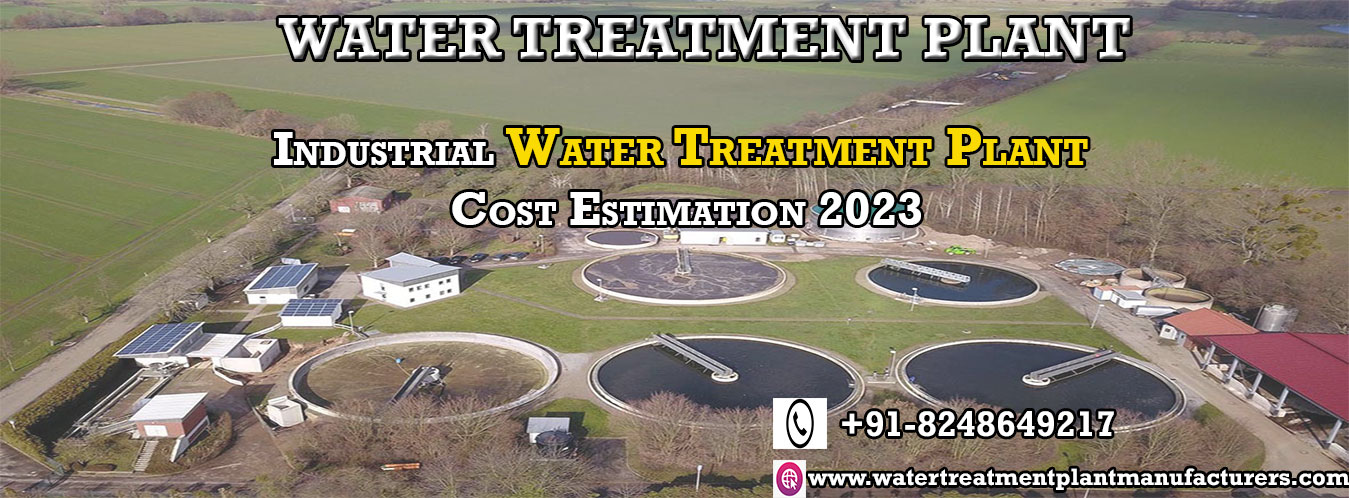
WELCOME
GJ WATER TECHNOLOGIES
A water treatment plant is a facility that processes crude water to make it ok for human utilization and different purposes. Its fundamental intention is to eliminate impurities and contaminations from the water, guaranteeing that it fulfills specific guidelines of value.
Water treatment plants comprise of a few parts cooperating to accomplish the ideal outcomes. These parts incorporate admission structures, where water is gathered from its source, and different treatment units, for example, coagulation and flocculation tanks, sedimentation bowls, filtration systems, disinfection units, and storage tanks.
There are various kinds of water treatment plants relying upon the wellspring of water and the degree of treatment required. A few normal sorts incorporate surface water treatment plants, which treat water from streams, lakes, or repositories; groundwater treatment establishes that emphasis on treating great or borehole water; and seawater desalination establishes that convert saltwater into freshwater.
Water treatment plants assume a urgent part in maintaining general health by removing unsafe substances from the water supply. They help with taking out toxins like microscopic organisms, infections, parasites, chemicals, weighty metals, and silt. Thusly, they prevent the spread of infections and guarantee that spotless and safe drinking water is accessible to communities.
Maintaining thorough wellbeing guidelines for water quality is basic to the general strength of networks, economies, and conditions. Permitting defiled water to be utilized for drinking, family activities, agriculture, industry, or be once again introduced into the environment can cause various difficult issues.
A solution for these issues lies in the worldwide turn of events and execution of normalized water treatment. In its present status, almost 80% of the world's wastewater is unloaded once more into conditions at a "to a great extent untreated" state. Committed office improvement, joined with intensive testing, assessment, and support of existing facilities can help with reducing this ecological and compassionate effect.
Conventional filtration plants use a variety of physical and chemical processes to remove contaminants from water, including sediment, organic matter, and microorganisms. Conventional filtration plants are relatively inexpensive to build and operate, and they can be effective at treating a wide range of water sources.
• Relatively inexpensive to build and operate.
• Can be effective at treating a wide range of water sources.
• Can remove a variety of contaminants, including sediment, organic matter, and microorganisms.
RO plants use a semi permeable membrane to remove dissolved solids from water. RO plants are very effective at removing salts, minerals, and other dissolved substances from water, but they can be expensive to build and operate.
• Very effective at removing salts, minerals, and other dissolved substances from water.
• Can produce high-quality drinking water.
• Can be used to treat a variety of water sources, including seawater and brackish water.
Activated carbon filtration plants use activated carbon to remove organic compounds, chlorine, and certain chemicals from water. Activated carbon filtration plants are effective at improving the taste and odor of water, and they can also remove some harmful substances.
• Effective at removing organic compounds, chlorine, and certain chemicals from water.
• Can improve the taste and odor of water.
• Can be used to treat a variety of water sources, including groundwater and surface water.
Disinfection plants use chemicals or ultraviolet light to kill microorganisms in water. Disinfection plants are essential for ensuring that drinking water is safe to consume.
• Kills microorganisms in water, making it safe to consume.
• Relatively inexpensive to build and operate.
• Can be used to treat a variety of water sources.
Desalination plants are explicitly intended to treat seawater or saline water, changing over it into freshwater reasonable for different purposes, including drinking, water system, and industrial processes.
Desalination includes either reverse osmosis or thermal processes, for example, multi-stage flash distillation or multi-effect distillation.
The benefits of desalination plants incorporate the capacity to give an important water source in regions with restricted freshwater accessibility, extend water resources and address water shortage challenges.
Demineralization water treatment plants, otherwise called DM plants, assume an essential part in water treatment processes. These plants actually eliminate mineral salts and contaminations from water, creating superior grade, demineralized water.
By using different strategies, for example, particle trade and converse assimilation, DM plants guarantee the end of undesirable minerals, bringing about cleaned water appropriate for industrial applications.
With their capacity to improve the quality and immaculateness of water, demineralization plants are fundamental in enterprises like power age, drugs, and assembling, where the utilization of pure water is vital for ideal activities.
The water softener plants are custom fitted to treat water with the goal that it offers low leftover hardness. To this end, water is treated with high-engineered gum to trade sodium particles with hardness-prompting calcium and magnesium particles. Basically, water conditioner plants are especially sent to treat hard water. Hard water is hindering to the apparatus and pipelines it goes through, for example,
• It develops scales in pipes, causing decreased flow rates.
• It develops scales on heating/cooling systems, bringing about increased power costs.
• It causes white films and staining on water taps.
Iron exchange plants use resins to remove specific ions from water, such as hardness minerals.
Membrane filtration plants use membranes to remove particles from water, such as bacteria and viruses.
Aeration plants add oxygen to water to help remove dissolved gases and improve the taste and odor of water.
The type of water treatment plant that is used will depend on the specific needs of the community or industry. For example, a community with a high concentration of salts in its water supply may need to use an RO plant to produce safe drinking water. An industry that needs to use water for manufacturing may need to use a combination of filtration and disinfection processes to remove contaminants and ensure that the water is safe for its intended use.
Overall, water treatment plants play an important role in providing safe and clean water to communities and industries around the world.
